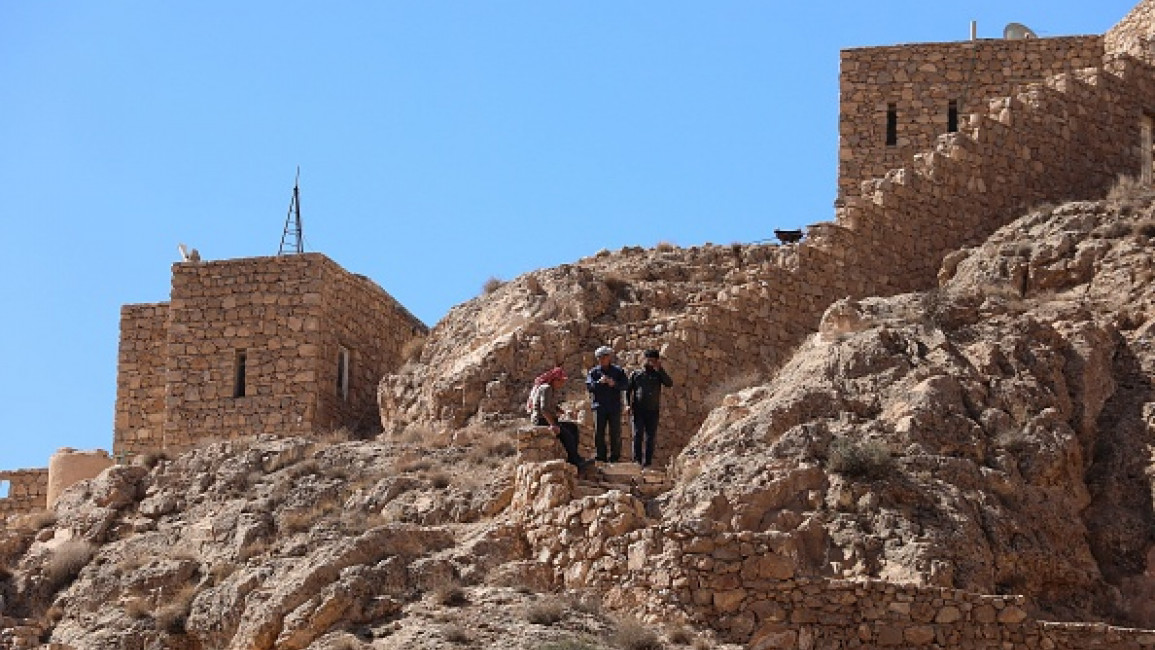The Monastery of the Syrians, better referred to as Deir al-Surian, is one of the renowned monasteries located in the Wadi Natrun of the Western Desert of Egypt.
1.More information on it is given below:

Historical Significance: The structure of the matha per se dates from the 4th century and onwards. It was founded by a section of Syrian (Syrian: al-Surian) monks who immigrated to the area in 984 AD1.
2.Architectural features:

The monastery compound comprises a citadel, monks’ quarters, and three principle temples which are Church of Virgin Mary, Cave of Virgin Mary and Church of Archangel Michael1. Church of Virgin Mary, which was built in the year 645 AD, is famous for its beautiful drawings on the walls, doors as well as domes1.
3.Artistic values:

In the year 1994 many frescos on church walls, which date from 7th to 18th century AD, were discovered taped to the plaster. Scenes such as the nativity and the death of Virgin Mary, and, Jesus praying up to her spirit are depicted1.
4.Library and manuscripts:

The library of the monastery contained a large number of Syriac manuscripts, which were secured in the 19th century. Most of this particular collection, which includes some of the earliest editions of works by Greeks, such as Aristotle, Euclid and Hippocrates, are located in the Vatican Library and other places1.
Being a landmark for tourists meets no interpretation; The Monastery of the Syrians is a clad evidence of the cultural enrichment of mankind watered in divine virtue. At present, the Wadi Natrun has the least surviving monastery but this is ranked as the most esteemed by priests and scholars all over the globe1.
 English
English





















